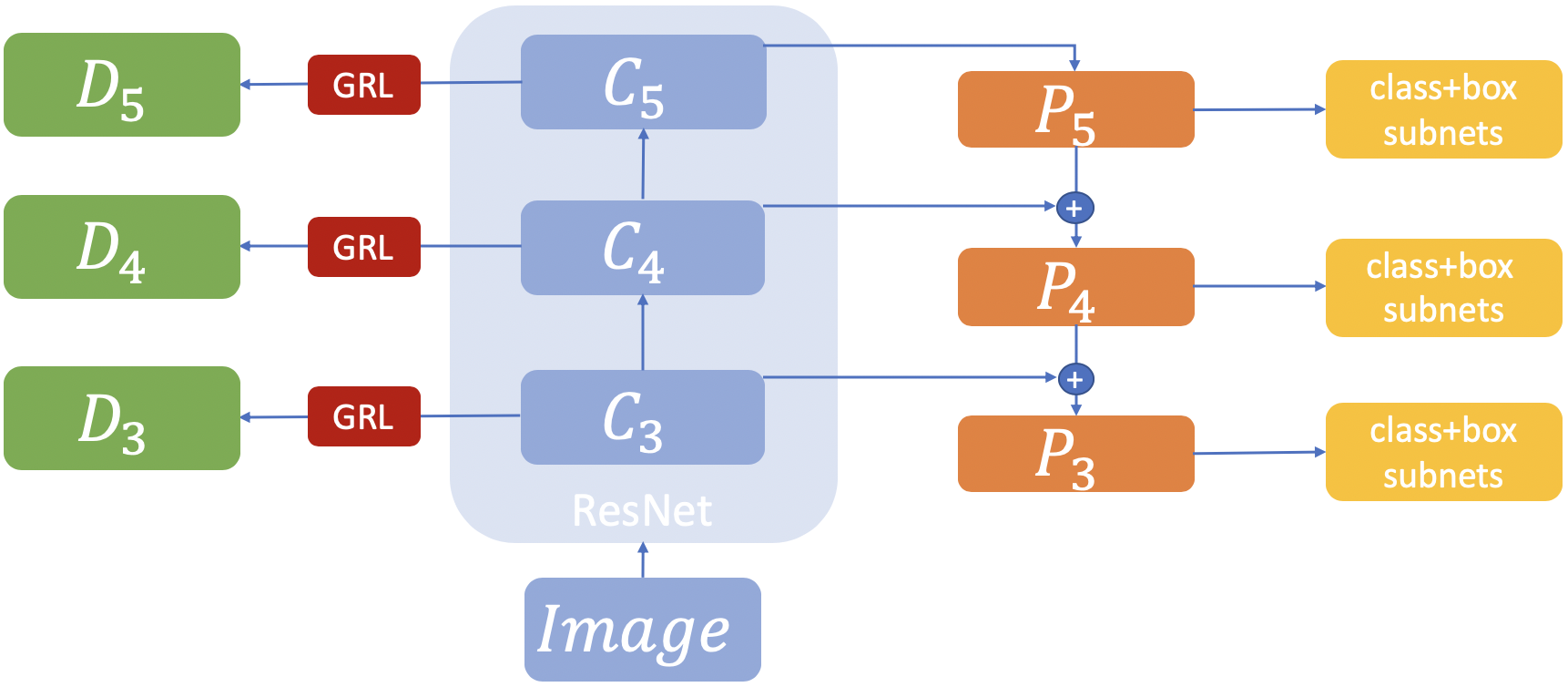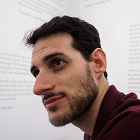An Unsupervised Domain Adaptation Scheme for Single-Stage Artwork Recognition in Cultural Sites
Department of Mathematics and Computer Science, University of Catania, Italy
CUTGANA, University of Catania, Italy
ICAR-CNR, National Research Council, Palermo, Italy
G. Pasqualino, A. Furnari, G. Signorello, G. M. Farinella
Dataset

We propose a dataset of synthetic and real images related to 16 artworks present in "Galleria Regionale Palazzo Bellomo" located in Siracusa, Italy. The dataset contains two set of images, synthetic and real which are divided has follows:
Synthetic Dataset
Real Dataset
You can download the whole dataset and annotations at this link
Methods
We explore the following methods:
1) baseline approaches without adaption;
2) domain adaptation through image to image translation;
3) domain adaptation through feature alignment;
4) new unsupervised domain adaptation method (code is available here );
5) domain adaptation combining feature alignment and image to image translation.

Architecture of the proposed DA-RetinaNet.
Qualitative Results


Video
Quantitative Results

Paper
Giovanni Pasqualino, Antonino Furnari, Giovanni Signorello, Giovanni Maria Farinella, An Unsupervised Domain Adaptation Scheme for Single-Stage Artwork Recognition in Cultural Sites, Image and Vision Computing, 2021 Paper
@article{PASQUALINO2021104098,
title={An Unsupervised Domain Adaptation Scheme for Single-Stage Artwork Recognition in Cultural Sites},
journal={Image and Vision Computing},
pages={104098},
years={2021},
issn={0262-8856},
doi={https://doi.org/10.1016/j.imavis.2021.104098},
author={Giovanni Pasqualino and Antonino Furnari and Giovanni Signorello and Giovanni Maria Farinella},
}
Acknowledgement
This research is supported by the project VALUE - Visual Analysis for Localization and Understanding of Environments (N. 08CT6209090207 - CUP G69J18001060007) - PO FESR 2014/2020 - Azione 1.1.5., by Piano di incentivi per la ricerca di Ateneo 2020/2022 (Pia.ce.ri.) Linea 2 - University of Catania, and by MIUR AIM - Attrazione e Mobilità Internazionale Linea 1 - AIM1893589 - CUP E64118002540007.



